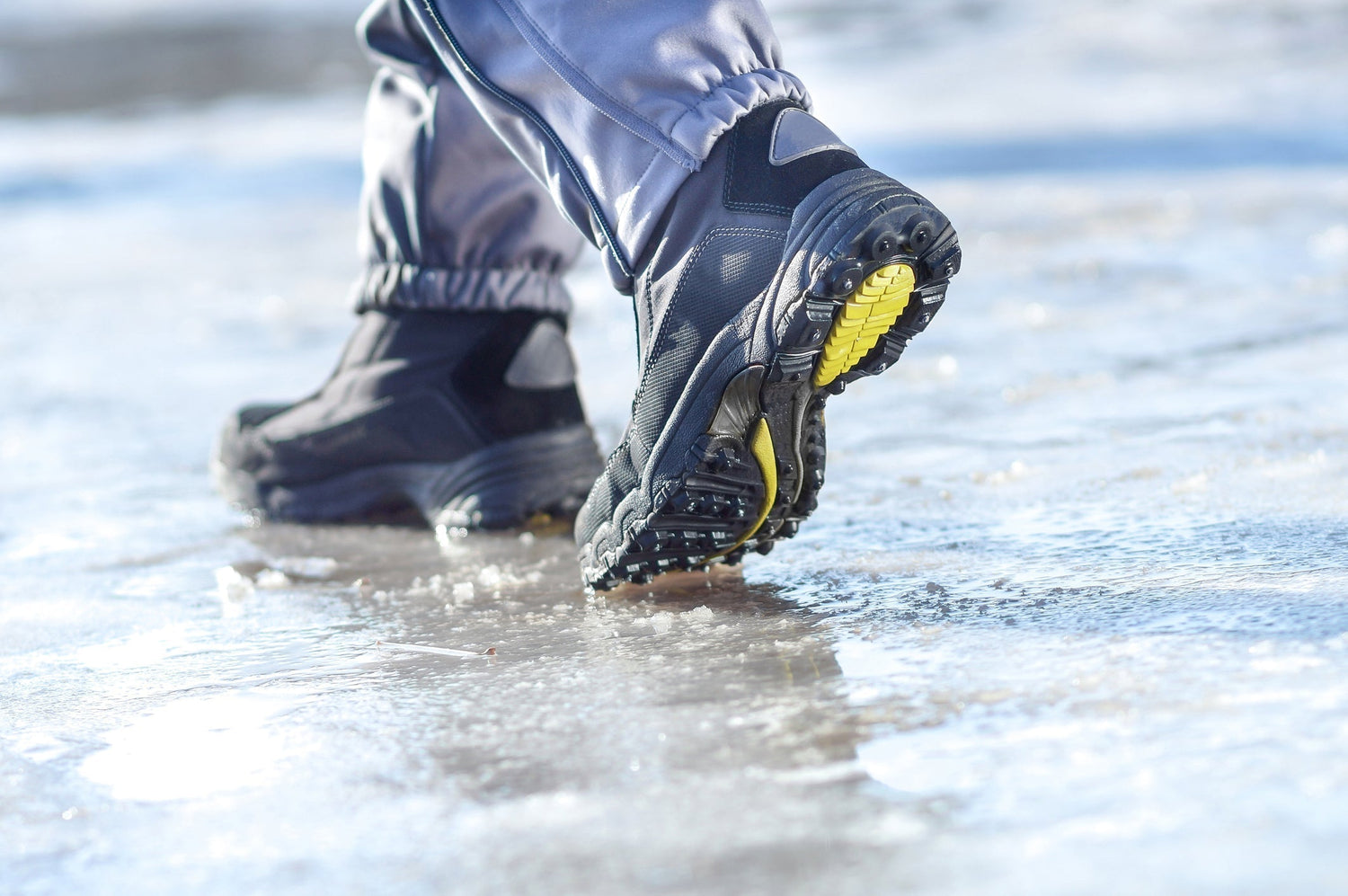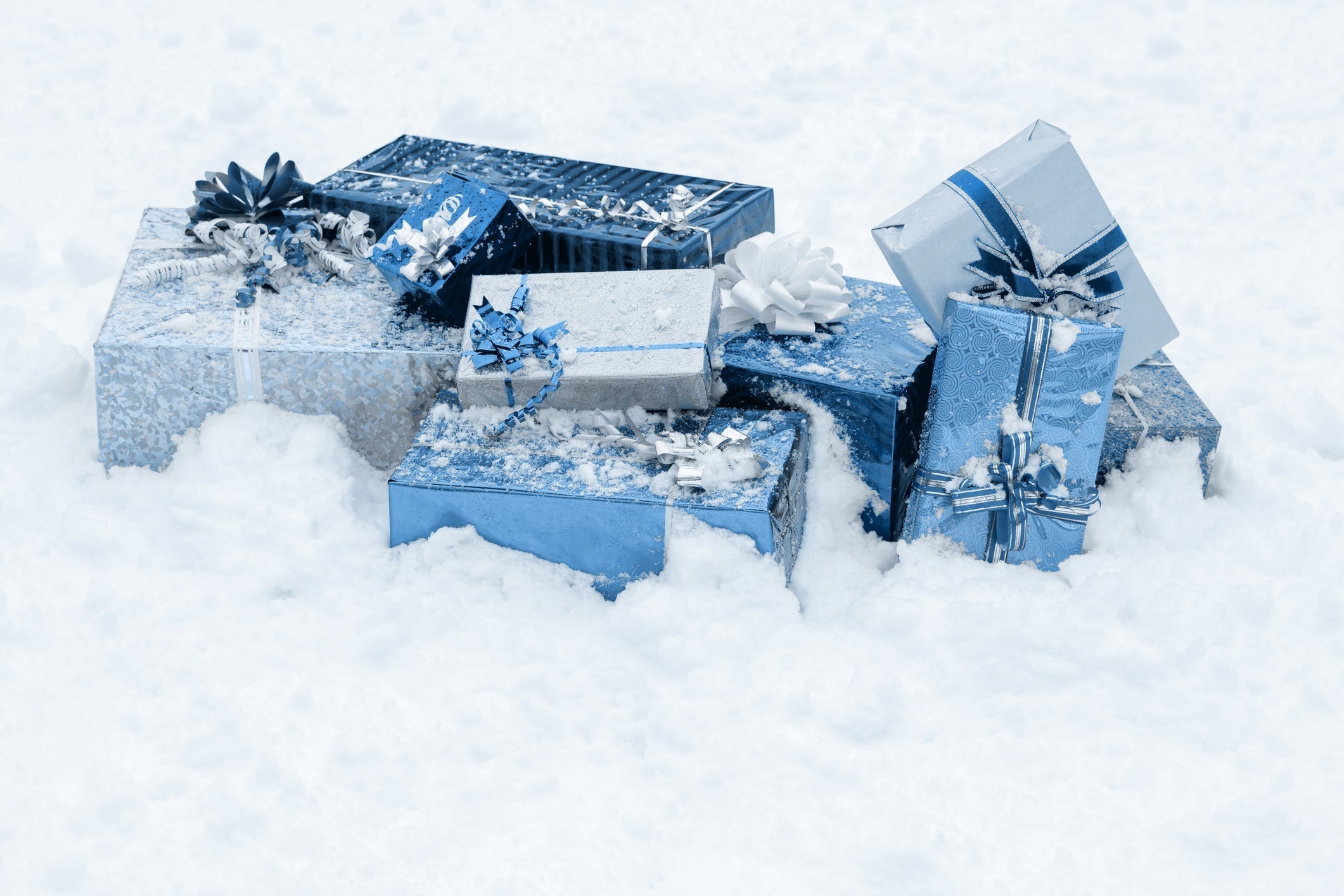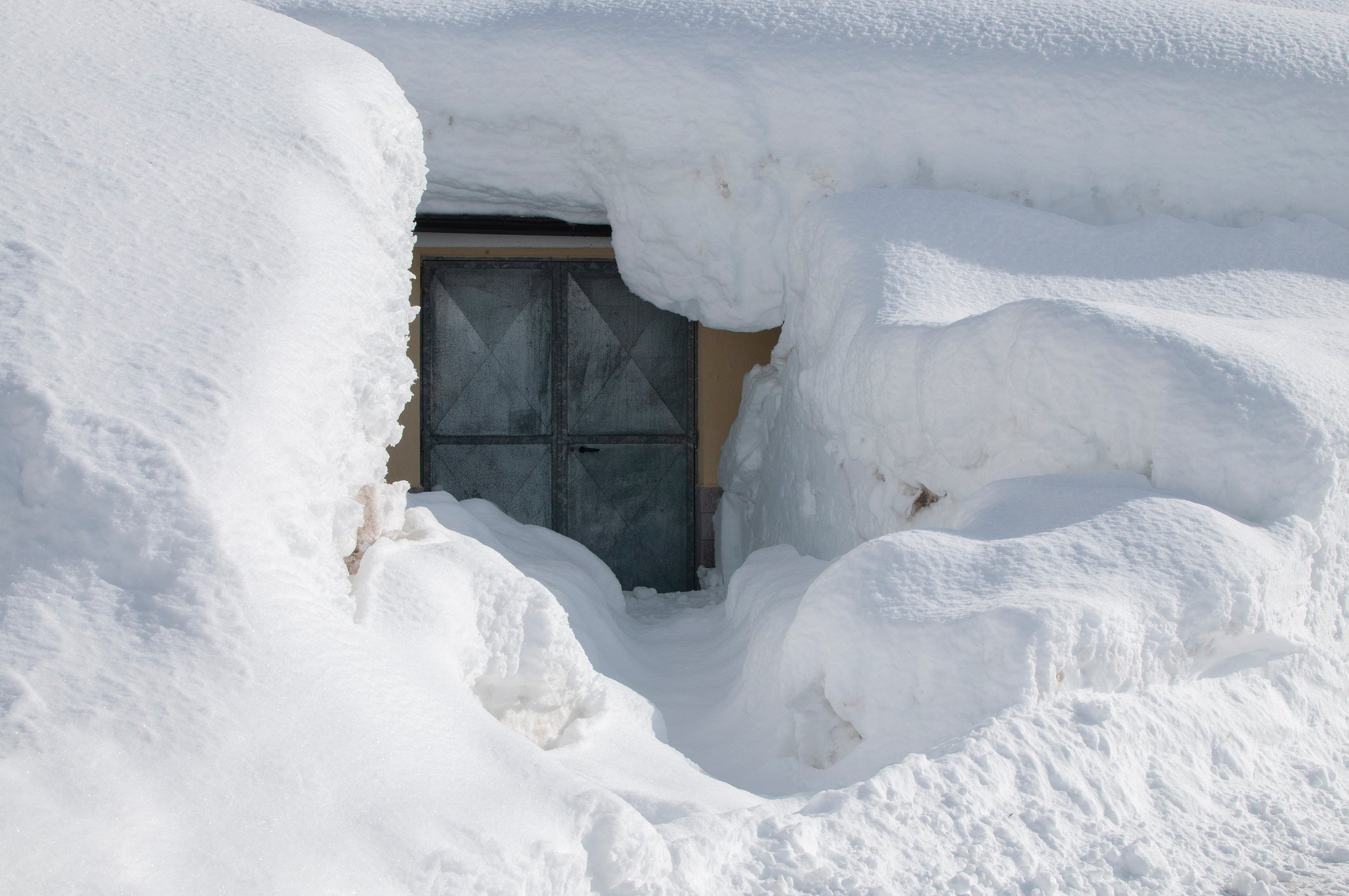Winter brings snow-covered landscapes and chilly air—but also hazardous, slippery conditions. Slips and falls on ice can lead to serious injuries, making it essential to take precautions before heading out. Whether you're navigating your driveway, workplace, or outdoor pathways, here are five effective ways to prevent slips and falls this winter.
1. Wear Proper Footwear
Shoes and boots with slip-resistant soles provide better traction on icy surfaces. Look for footwear with deep treads and rubber outsoles that grip rather than slide. If you frequently walk on ice, consider adding traction cleats for extra stability. Avoid smooth-soled shoes, which increase the risk of slipping.
Waterproof boots are another great investment, as wet shoes can lead to discomfort and even frostbite in extreme temperatures. Also, ensure your footwear fits properly—shoes that are too loose or too tight can increase instability. Keeping an extra pair of dry socks on hand can also help maintain warmth and comfort, reducing distraction when walking in winter conditions.
2. Keep Walkways Clear
Regularly shoveling snow and applying ice melt can help prevent hazardous conditions. However, traditional deicers can be harsh on surfaces and require constant reapplication. A more convenient alternative is HeatTrak's heated snow and ice melting mats, which continuously melt snow on contact—keeping high-traffic areas clear without the need for constant maintenance. Just plug them in and let them do the work!
Clearing snow promptly is crucial, as allowing it to sit can lead to compaction, making removal more difficult. Additionally, try to keep a shovel and deicing solution near entryways for quick access.
3. Use the Right Walking Techniques
Adjusting how you walk can make a significant difference on icy surfaces. Take small, careful steps and keep your center of gravity over your feet. Walking with a slight shuffle—sometimes called the "penguin walk"—can help you maintain balance and reduce the risk of slipping.
Keep your hands free whenever possible to maintain balance. If you're carrying bags, try to distribute the weight evenly or use a backpack instead of holding items in your hands. If you fall, try to land on your side and avoid using your wrists to break your fall, as this can lead to serious injuries.
4. Install Handrails and Grab Bars
If you have stairs, ramps, or sloped pathways, installing sturdy handrails can provide extra support. These are especially helpful for older adults or individuals with mobility challenges. Pairing handrails with HeatTrak’s residential snow melting stair mats adds another layer of safety, ensuring that stairs remain ice-free.
Consider placing non-slip mats or adhesive strips on stair treads for additional grip. If you use a cane or walker, ensure it has a rubber tip or an ice-grip attachment to enhance stability.
5. Be Mindful of Black Ice
Black ice is nearly invisible and forms when melted snow refreezes on surfaces. It can be particularly dangerous on driveways and sidewalks. Sprinkling sand or kitty litter over icy patches can provide temporary traction, but the best way to prevent refreezing is by using a residential heated walkway mat that continuously melts snow and ice, keeping surfaces dry and safe.
Take extra caution at night or early in the morning when temperatures are at their lowest. Before stepping outside, check weather forecasts for ice warnings and avoid walking in unlit areas where black ice may be harder to spot.
Stay a Step Ahead This Winter
Taking these precautions can help you stay slip-free all season long. Whether you’re bundling up in the right footwear, using proper walking techniques, or keeping walkways clear, every step counts. For a hassle-free solution, HeatTrak’s residential heated snow & ice melting mats provide continuous ice prevention—no shoveling or salting required.
Winter safety isn’t just about preventing falls—it’s about peace of mind. By incorporating these tips into your daily routine, you can confidently navigate winter’s worst without worry.


